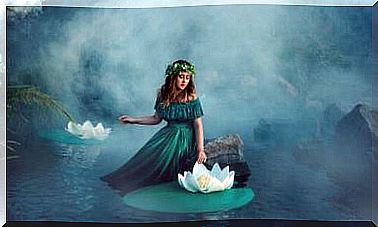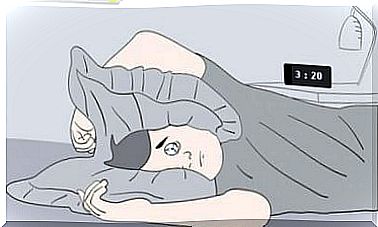The Anchoring Technique

The anchoring technique is one of the NLP techniques that helps to place oneself in a specific emotional state. Unconsciously, we are often exposed to anchors. For example, we can listen to a song and experience a certain emotional state because that music reminds us of someone or some situation. By listening to those notes, our emotions return to the state they were in when we heard that song.
Also by smelling a perfume or aroma we can remember something from the past and enter the same emotional state that we had. If, for example, a negative situation had a specific smell, if later we smell the same aroma again in another pleasant place, we will feel discomfort because we would already have the previous anchor and that smell will be linked to negativity.
The origin of the study and the importance of anchors can be traced back to Ivan P. Pavlov, a Russian psychologist and physiologist who was awarded the Nobel Prize in medicine in 1904. For Pavlov, anchors were the association of a stimulus (a bell) with a physiological response ( salivation). This was produced by the behavioral association called the conditioned reflex.
We can create anchors to have good emotional states. To do this, let’s follow the two following points:
1. What emotional state should we have?
The first step would be to identify the emotional state we want to be in when the anchoring technique is carried out. The most demanded is to return to a state of tranquility, well-being and peace, or to obtain a state of joy and euphoria. We often want to go from a negative state to a positive one.

It is important that we focus on what we really want to achieve, and not what we don’t want. For example, it would be a mistake to think “I don’t want to be nervous”, since the brain does not identify the denial and stays with the word nervous.
If we think “I don’t want to see a yellow cat”, surely the mind will create that yellow cat in the imagination. Therefore, let’s put the denials aside and focus on what we do want. Change the negation “I don’t want to be nervous” to the affirmation “I want to be calm.”
Our brain has great difficulty creating a negative image. It is easier for us to create the image of “calm” than an image of “not being nervous.” Take the test.
Therefore, the first thing is to create an affirmative image of what we want, in the sharpest way and with as much detail as possible. This will help us to visualize it better. Maybe the image will take on a life of its own … better!
For example, we are going to create an anchor to relax and sleep well at night. Once we are clear that we want to create a state of relaxation, we move on to the next point.
2. Identify when you had that state you want
The next step would be to think of a situation in our lives where we have had that emotional state that we want to obtain. For example, we want to relax to sleep at night. We must detect a day in the past where we have been very relaxed and imagine that situation as detailed as possible.
At the same time we imagine that relaxing day, we must put our hand on our chest, so the mind associates that movement of putting our hand on our chest with the situation you are going to imagine. The more details that are put into the imagination and the more times the exercise is repeated, the better it will work.
An example of anchoring

As I put my hand to my chest, I close my eyes and imagine one Sunday morning that I got up to go to the beach, the day before I had gone to bed late. I got to the beach and as soon as I lay down on the towel with the bikini and a beige cap I was very relaxed, very sleepy, I heard the noise of the waves of the sea, I felt the sun on my skin.
The gesture does not have to be to put your hand on your chest, you can choose the one you like the most, such as squeezing a finger, holding the wrist, linking the fingers, pressing the ear, etc … The more details that are remembered from that day, the better it will work. If it can be, you even have to imagine the colors of the sky, clothes, accessories, sensations, smells, etc.
Once that day has been imagined with all kinds of details, with the eyes closed and the hand on the chest, the mind already has that movement of the hand on the chest associated with that relaxing day at the beach.
Thus, one night when we were nervous and could not sleep, when we put our hands to our chest, we will automatically relive that relaxing day at the beach and the state of relaxation will return to our body.
Anchoring technique takes practice
You have to practice a lot with your imagination and repeat the anchoring often. The more you repeat, the more automatic it becomes to bring your hand to your chest and feel relaxation. The power of the mind is immense and with practice we can control our emotions.
Actors are very used to changing from one emotional state to another in a matter of minutes. They dominate their emotions very well, many carry out the anchoring technique without realizing it, for example they change their clothes to perform a function and those clothes already change their emotions because they associate those clothes with the rehearsal they had, the mind remembers that with those clothes had a way of being determined.
If you ever had a very good experience with a specific outfit, the next time you have to face something that scares you, if you wear that same outfit it will give you a dose of security. Whether it works to a greater or lesser extent will depend on the practice and the situation.
The anchoring technique does not work miracles, but it does contribute to a high degree to well-being, since the mind is the engine that dominates the body.









